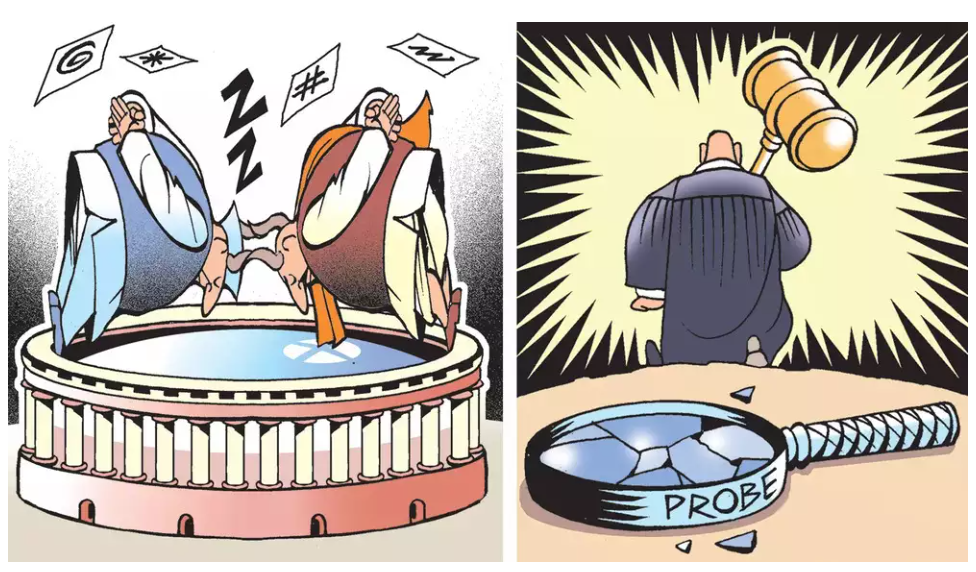On Jan 26, 1950, the first chief justice of India took office under the new Constitution. Three days before CJI Harilal Jekisundas Kania took this oath, his comments on a Madras high court judge (Bashir Ahmed) evoked a sharp reaction from the prime minister. Nehru wrote to home minister Sardar Patel that Kania was being “unjudicial and indeed improper”. Patel deputed the home secretary to convince Kania not to give an adverse opinion on Justice Bashir.
Thus, the executive’s attempts to influence CJI, for appointments to constitutional courts, are as old as the Supreme Court itself. The Nehru era saw such attempts fuelling apprehensions about the dilution of judiciary’s independence.
In 1958, the first law commission, led by MC Setalvad, in its 14th report put the blame primarily on chief ministers becoming a source of patronage for those aspiring to become HC judges.
Read full story on TOI+
Disclaimer
Views expressed above are the author’s own.
END OF ARTICLE



